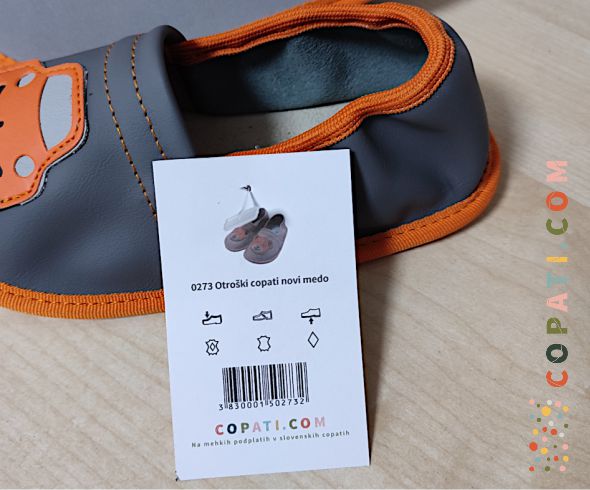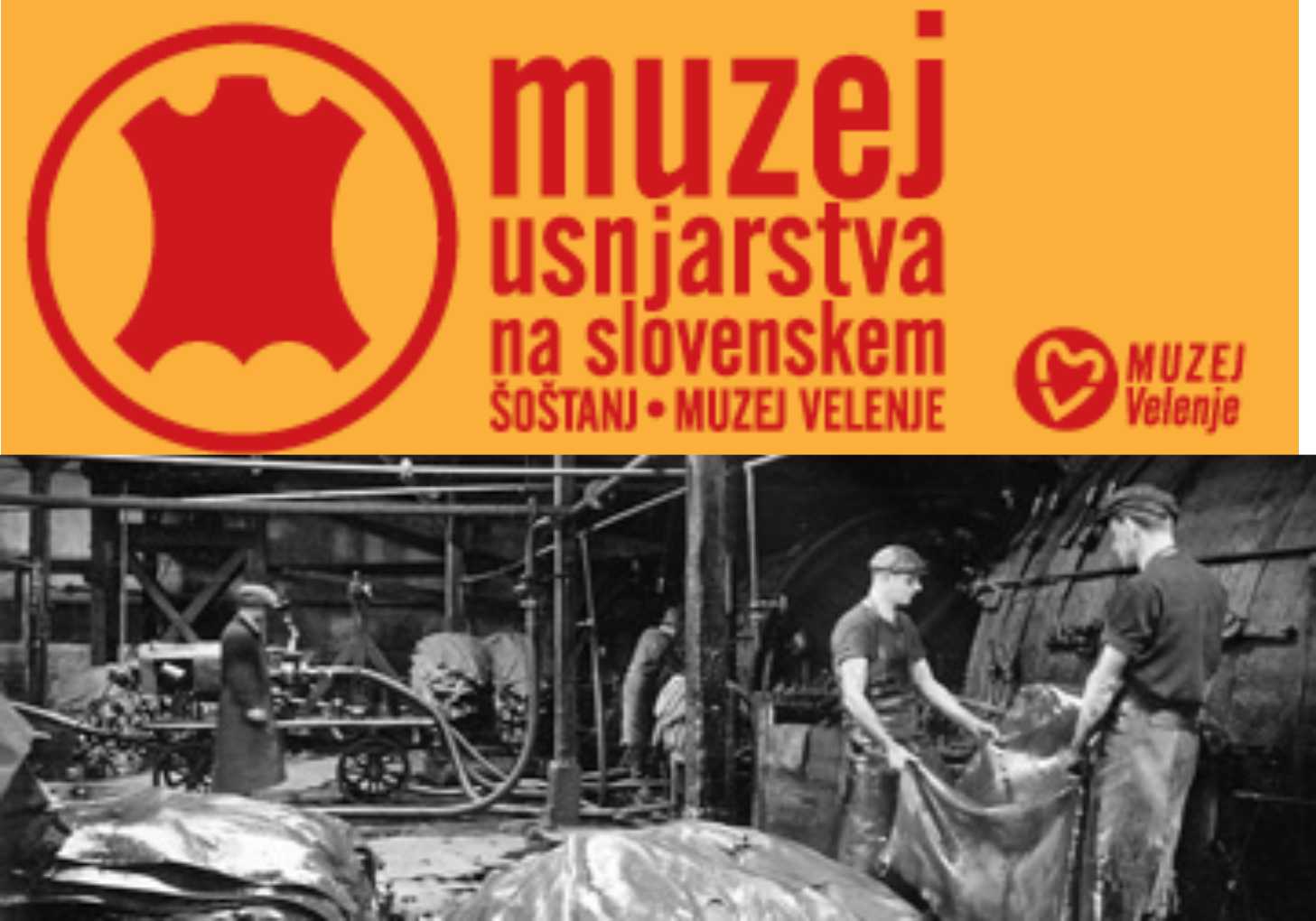For the buyer to know what kind of footwear he/she is buying certain labels have to be on the product. To label materials, internationally agreed signs or pictograms are used. However, written forms may also be used. Information on the main components of footwear may be on the footwear itself, most often it is attached to the interior or to the sole, or it may also come in a form of a declaration attached to the product. The producer adds pictograms of the materials next to the schematic representation of the footwear by separately describing each of the three component parts. For better transparency the part of the footwear to which the material refers is in bold print and marked with an arrow.
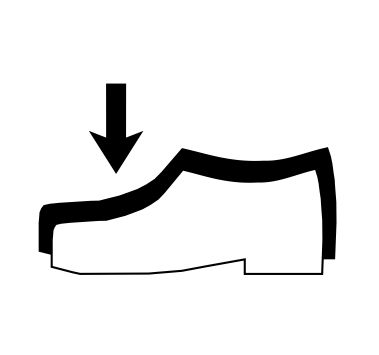 |
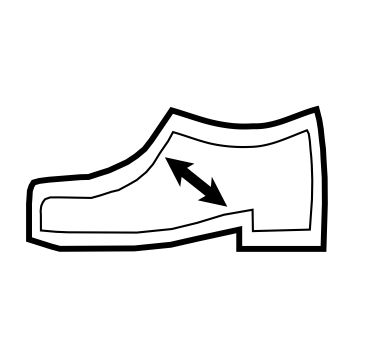 |
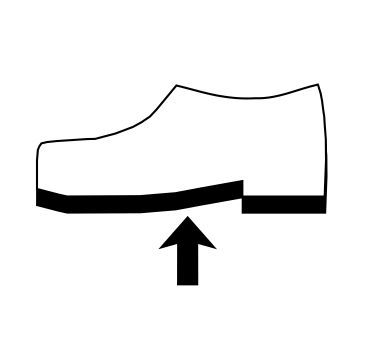 |
| upper | insole | sole |
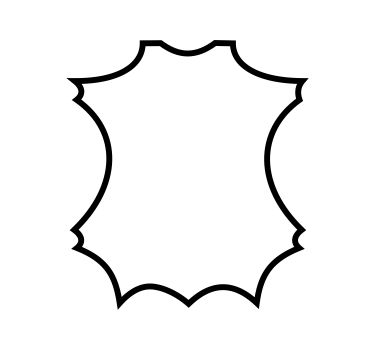 |
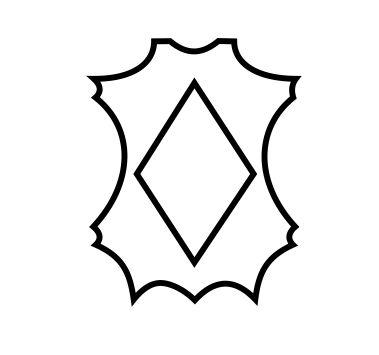 |
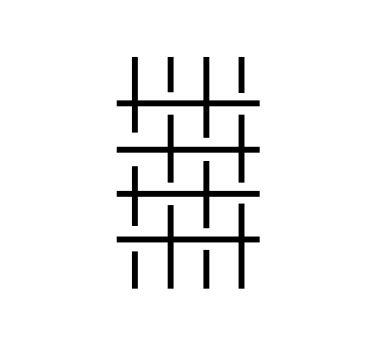 |
 |
| leather | textile | other |
Natural leather:
Leather is one of the earliest materials people learnt how to process and it has been used extensively to meet our daily needs. Undoubtedly, methods of processing and preparation have changed and improved over the years. Animal skin is subject to several technological procedures such as liming, splitting, sorting and at the end, to so-called finishing which gives leather its final look. Šoštanj has a rich tradition of leather processing as one of the largest European leather-processing plants operated here for centuries. Nowadays, this tradition has been preserved only by small businesses that manufacture leather products.
Visit the Leather Trade Museum in Šoštanj and see how the leather was processed and what the plant looked like.
Everyone chooses footwear according to their needs. By understanding the pictograms shown above, you will have enough information at the time of purchase to make the right decision. The symbols are international and are valid on most markets; they are certainly valid on EU markets.
Enjoy your footwear shopping experience.
![]()
Source: Zveza potrošnikov, Muzej usnjarstva Šoštanj, ostalo...

